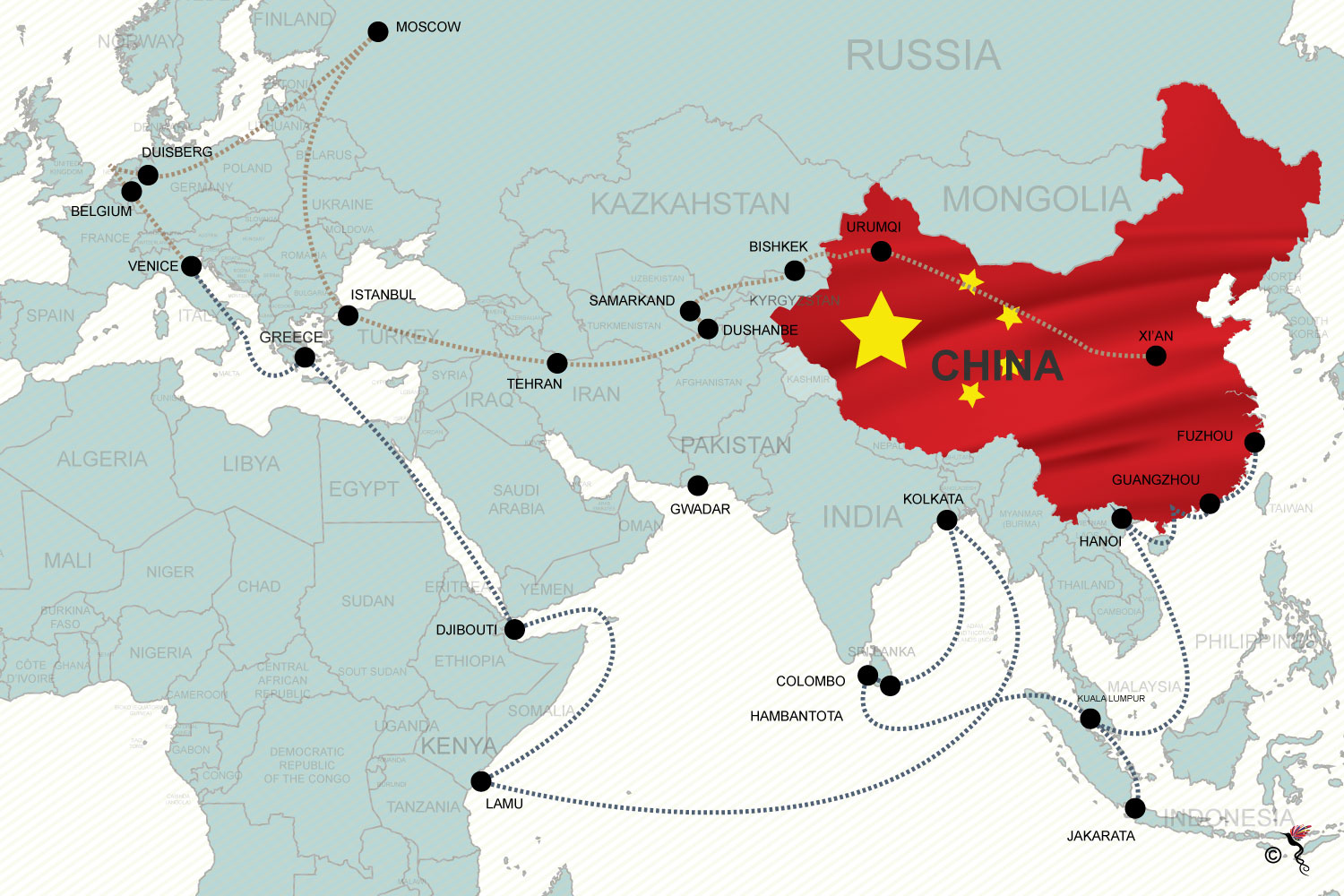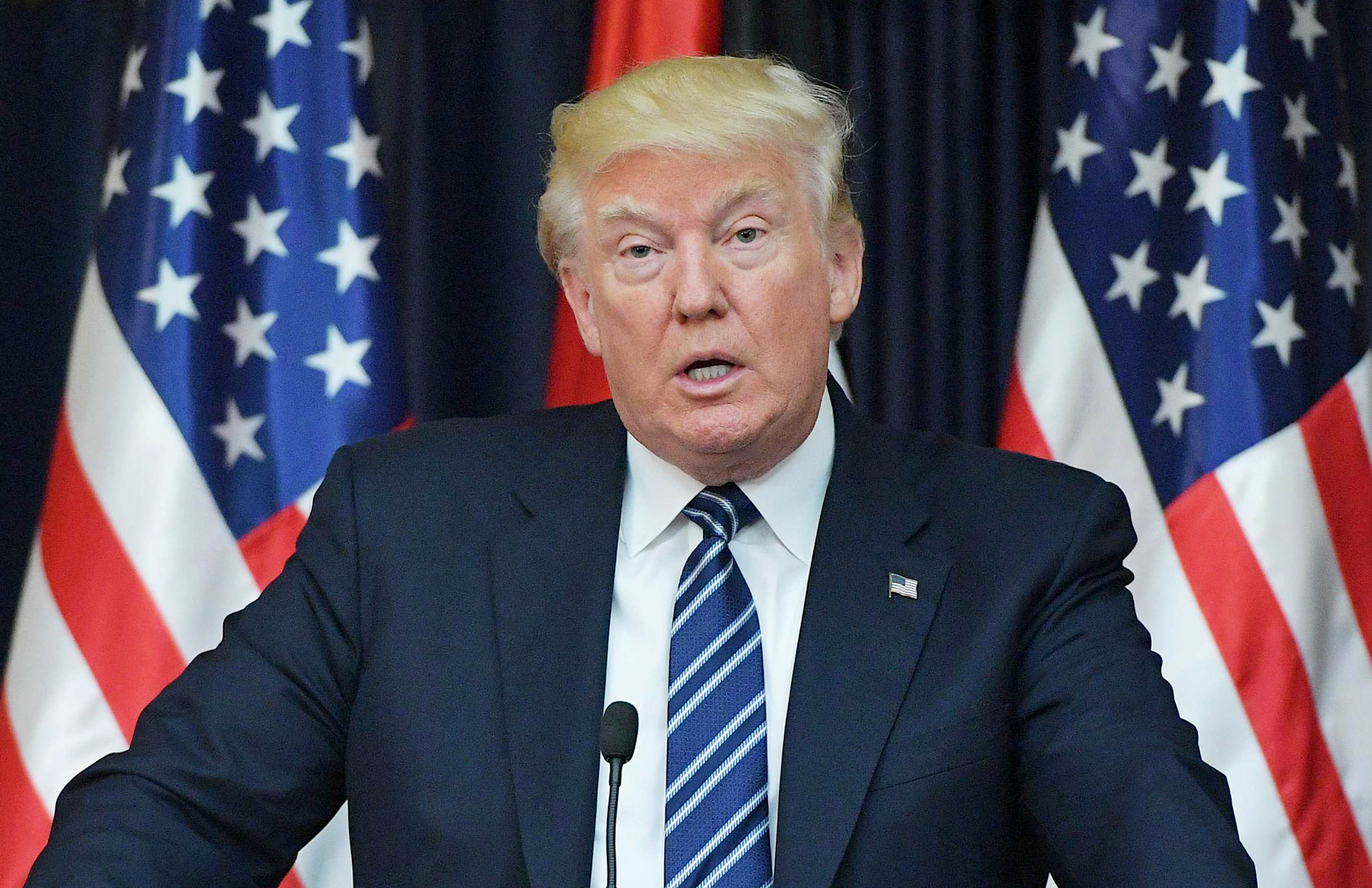“I’ve had the honour of sharing our vision for a free and open Indo-Pacific,” Trump told delegates at the Asia Pacific Economic Cooperation Forum in Vietnam earlier this month.
The term, “Indo-Pacific” has been used repeatedly during Trump’s Asian jaunt in reference to the region running from Eastern Africa to the Pacific Ocean. It is a departure from the usage of the term “Asia-Pacific” and its conventional focus, southwards from North Korea and encompassing the Pacific Ocean.
While only a matter of terminology, the use of “Indo-Pacific” instead of “Asia-Pacific” connotes an interesting geopolitical change vis-à-vis the foreign policy posture of the US. The US seemingly wants to shift the pivot point of the region from China in an effort, that some experts claim is a measure of “containing” Beijing.
According to Executive Director at the International Center for Advanced Political Studies (ICAPS), Josef Gregory Mahoney in an email interview with The ASEAN Post, the use of the term “Indo-Pacific” aims to create a so-called “Anti-China Quad,” or “Quadrilateral Security Dialogue,” or “Quadrilateral Grouping of Democracies,” consisting of the US, Japan, Australia and India.
“China just has too much presence and leverage in the South China Sea and a large part of Southeast Asia, and the US seems to be adjusting its strategy accordingly, drawing India into the mix along the way, given broader concerns related to the Belt-Road Initiative (BRI),” he added.
The BRI refers to China’s grandiose development strategy spanning three continents, covering 65 percent of the world’s population and 40 percent global Gross Domestic Product (GDP). According to projections by Credit Suisse, China could invest in excess of 500 billion dollars in 62 of its BRI projects over the next five years.

China's vision of a land and sea-based trading network under the BRI (Belt and Road Initiative)
The term “Indo-Pacific” first originated in an academic paper written by Indian naval officer, Gurpreet Khurana. Even during the Obama administration, the term was mixed into the lexicon of state officials like then Secretary of State, Hilary Clinton. Most famously, in Clinton’s op-ed heralding the dawn of the “Asia Pivot”, she used the term to signal a change in the dynamics of US-Australia relations, “from a Pacific partnership to an Indo-Pacific one, and indeed a global partnership.”
However, Trump’s use of the term can be viewed more as a direct contrast to the “Chinese dream” purported by Chinese President, Xi Jinping during the APEC Summit in Vietnam. With China rising and seemingly determined to solidify its position as a formidable regional power, it is completely within the bounds of reasonable geostrategy for Trump to counter such a move with one of his own.
In doing so, he is determined to eschew from the path taken by his predecessor from imposing a direct US presence in the region. Instead, Trump’s ideal strategy seems likely to be, leveraging on US allies in the region, the likes of India, Australia, South Korea and Japan to keep China in check.
Such a policy would strengthen the “hub and spokes” framework of US engagement with countries in this region. In this case, countries at the “spoke” would not be limited to the conventional East Asian countries like Japan and South Korea but given the “Indo-Pacific” shift, would also encompass countries like India and Australia.
Moreover, these countries at the “spoke” would be more empowered given that the US would be reliant on them to ensure China’s rise isn’t detrimental to US interests. And judging by increased US military partnerships with these nations, it seems like such a move would also negate the perception that Trump’s “America First” policy has caused US influence in the region to wane.
Hence, the use of terms like “Indo-Pacific” – although seemingly benign – has very influential geostrategic implications. It gives shape and form to Trump’s policy towards the region – that his administration would not be too hands on – and dispels rumours that the American era in the region is over.
Recommended stories:
